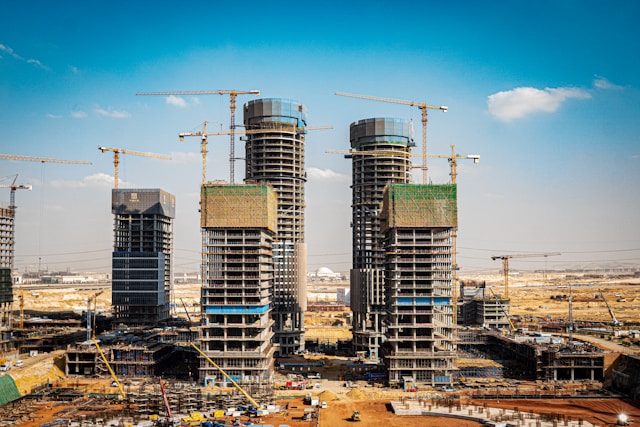In the mining industry, a mine’s “health” is determined by a canary; if the canary perishes, miners run for the hills. The “health” of the world economy often depends on the performance of its heavy construction equipment industry; if companies like John Deere are doing well prospects for the wider economy are generally good.
When this occurs, a broad array of engineering, design, consulting, construction, and management services are called upon to help in generally large scale projects. Highways, bridges, mass transit systems, airports, commercial buildings, power transmission grids, oil and gas exploration sites and water and wastewater infrastructure are a few of the areas that begin to grow and customers are made up of federal, state and local governments and private enterprise.
With the heavy construction equipment industry growing at a rate of over 9% annually, revenues are set to double in the next eight years, from $100 billion to $200 billion. It would seem that the world economy is getting over its protracted illness. Earth-moving equipment, including excavators, loaders, backhoes and graders; material handling equipment including cranes and telescopic handlers; construction vehicles including dumpers, tippers, contactors, road rollers, pavers and asphalt finishers will all be in greater demand.
The heavy construction equipment industry generally follows the expansion of the human population, technological developments and infrastructure needs with the inevitable pot hole in the road along the way. In a world where emerging economies will continue to develop rapidly, it is not surprising that the near and long-term outlook for the industry is promising as there will be a continuous increase in demand for new infrastructure and residential buildings.






